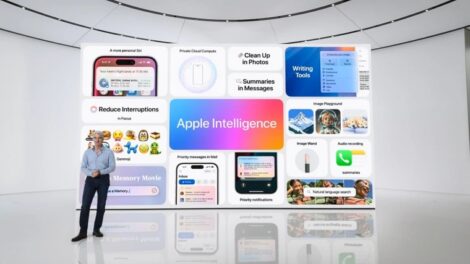The arena of digital image optimization continues advancing exponentially. Fueled by machine learning innovations, the latest photo editing tools now integrate intelligent functionality to identify and seamlessly excise unwanted objects with just one click.
Microsoft’s new “Generative Erase” feature in Windows Photos represents the consumer vanguard for this rapidly democratizing capability. Let’s analyze the underlying technology, creative potential, ethical considerations, and industry outlook for AI-assisted object removal in detail.
Demystifying the Magic of AI-Powered Object Deletion
Traditional photo editing methods often relied on tedious manual approaches like cropping or content-aware fills to eliminate photo bombers and clutter. AI-powered object removal offers a more sophisticated strategy:
- Automatic Subject Detection: Analyzes image contents and accurately identifies people, animals, objects without user guidance.
- Intelligent Background Reconstruction: Seamlessly repairs and fills the area where the target object existed, blending perfectly with the remaining scene.
- One Click Convenience: Complete object removal requires only a simple selection from the user rather than complex layering and masks.
expanding Creative Possibilities Through Editing Liberation
The implications of such easily accessible and highly performant object deletion capabilities spark plenty of possibilities:
- Unlocking Artistic Expression: Remove elements previously impossible to experiment with more surreal or abstract compositions.
- Correcting Photo Imperfections: Eliminate unwanted background distractions or photobombers that previously ruined images.
- Restoring Vintage Photos: Carefully erase damage or wear to bring new life to historical images.

Examining the Current Marketplace of AI-Assisted Editors
As consumer comfort and demand for automatic object removal grows, we see leading options emerging across platforms:
- Adobe Photoshop: Leverages Content-Aware Fill plus advanced Object Selection technologies.
- Luminar AI: Specialized Erase Tool harnesses AI reconstructions for photo optimization.
- Snapseed: One tap Magic Eraser delivers swift subject deletion optimized for mobile editing.
Evaluating personal creative goals and technical capability tradeoffs can help identify the best fit.
Addressing the Ethical Dilemmas of Deception and Bias
Despite the creative promise, responsible development and application of image altering technology remains paramount:
- Truth Distortion Dangers: Seamless object deletion could fuel misinformation or political propaganda if inadequately monitored.
- Algorithmic Bias Risks: Flawed training data risks having AI models fail to detect certain human groups or environments.
- Transparency Needs: Engineers must openly publish accuracy metrics and ethics review procedures to build public trust.
Envisioning the Future of AI-Assisted Photo Editing
Moving forward, the integration of computational intelligence into digital content creation tools appears inevitable. Maintaining ethical standards and nurturing creative freedom can together drive societal benefit.
Share your thoughts below on the ideal collaborative balance between humans and technology needed in building the next iconic image destined to reshape culture!










Add Comment